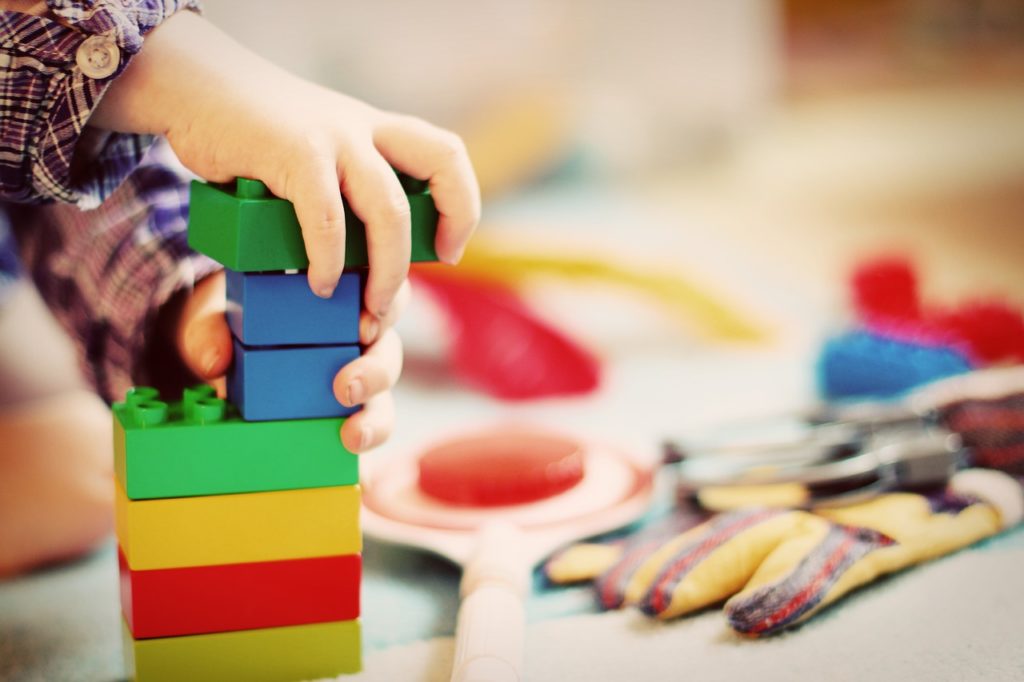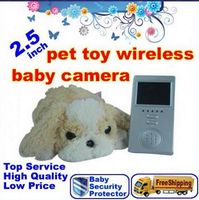
Image Credit
It’s no secret kids love toys, and it seems like these child favorites are everywhere. Whether you’re shopping at a discount store, spending the day at a street fair or throwing a birthday party for your child, there’s no escaping toys. The problem is that all toys aren’t created equal. Find out six ways you can find out if a toy is safe for your child and what to do in the unfortunate circumstance that your child gets hurt by a plaything.
Ways to Determine if a Toy is Safe
As a mom, keeping your children safe is one of your top priorities. Unfortunately, not every toy is fit for a child to play with, even if the manufacturer claims it is. Here are six ways to determine a toy’s safety:
1. Check for Toy Recalls
Although it might be a hassle, the first thing you need to do when your child receives a new toy is to check to see if the toy has been recalled. The Consumer Product Safety Commission is in charge of making recalls, and you can check the status on the CPSC recall page. If you want to permanently stay in the loop, you can sign up to get the most current information on toy recalls.
2. Check the Manufacturer’s Recommendations
Always check and follow the manufacturer’s recommendation labels for toys, which include age guidelines. If you’re in doubt about purchasing a toy, you can often download the toy’s instruction manual online and read more about how the toy operates, as well as any warnings or safety recommendations it carries. If you don’t heed the warnings, the manufacturer may not be responsible if something happens.
3. Make Sure Toys or Parts Aren’t Too Small
Even if you check the manufacturer’s recommendations, you should give each toy and its parts a close look to make sure it passes these safety recommendations:
· Make sure toys and parts are at least 1-3/4 inches in diameter and 2-1/4 inches in length to prevent a child from swallowing the part or getting it lodged in their windpipe. You can purchase a tester, which is essentially a tube that’s designed to be the same diameter as a child’s windpipe, to help you determine if a toy is too small. If a toy part can fit inside the tube, a young child should not be permitted to play with it.
4. Check Battery Compartment Lids
Battery-operated toys are popular, but that doesn’t mean that children should have access to the batteries. Check battery compartment lids to make sure they are secure and kids can’t pry them open. Batteries pose risks such as chemical burns, choking and internal bleeding to children who play with them.
5. Consider What Might Happen if Your Baby Chews on the Toy
Young children, especially babies who are teething, might chew on certain toys. Take the time to check that any toys your children have access to can stand up to chewing without coming apart. Attached buttons or eyes on dolls can come loose. Wheels can come off of cars and other vehicles. Certain types of toys can also pose pinching hazards.
6. Be Careful of Hand-Me-Down, Homemade or Toys From Carnivals or Fairs
Although it might be tempting to buy or accept secondhand or homemade toys, it’s not the best idea — especially if the manufacturer’s tags are illegible or have been removed, which makes it impossible to know if the toy has been tested for safety. For example, some older, painted toys might have unacceptable levels of lead paint. Plus, toy items obtained at carnivals or fairs might not have been checked to see if they meet safety standards, either.
What to Do if Your Child Gets Hurt From a Toy
Of course, the first thing you need to do as a parent is to make sure that your child will be by taking him to his pediatrician or to the nearest emergency room to have him checked out. If you can, bring the toy with you, or at the very least, quickly take some detailed pictures on your phone. Make sure the medical staff documents the incident and ask for a copy of their notes. If your child has visible injuries from the toy, take detailed pictures.
Next, you’ll need to preserve the toy for evidence. Take pictures now if you didn’t have time before. Pick up all of the pieces of the toy, along with purchase information and packaging and put them in a secure, sealed box.
Finally, you can choose to contact a product liability attorney to help you bring a case against the toy manufacturer if warranted. According to Amerio Law Firm, which is a California-based firm that has Roseville product liability attorneys on staff, corporations pay millions in settlements each year to consumers who have experienced defective products, including children’s toys. The law firm states that it’s important to seek representation from experienced attorneys in these cases because, “…many products are made by large companies with vast resources at their disposal, including aggressive corporate lawyers who will do everything they can to minimize or deny your claim altogether.”
The Bottom Line
Always thoroughly check your children’s toys for safety before allowing them to play with them — even if you use a toy subscription plan like Toy Library. It’s better to keep your child from playing with something that might injure him. If an injury does happen, get your child medical care and the seek the help of experienced attorneys.







